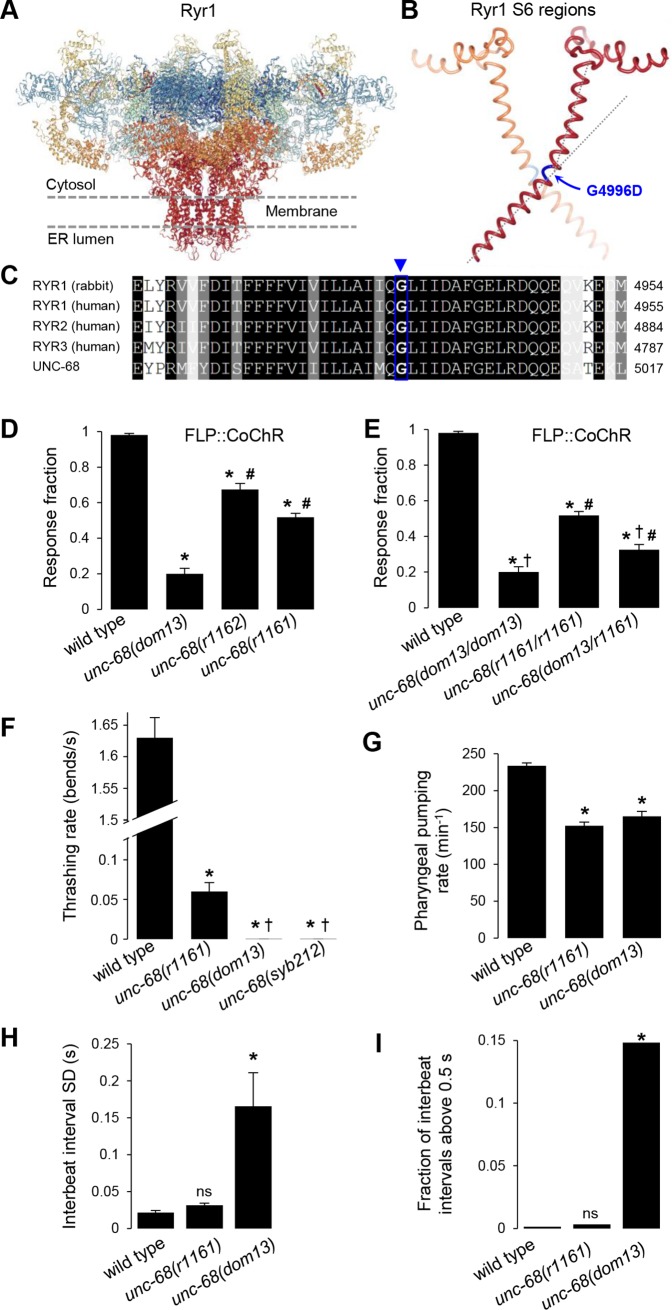Fig 4. The Ryanodine receptor G4996D mutation in the conserved S6 region is a gain-of-function.
A: Overview of the Ryanodine receptor Ryr1 structure (rabbit, pdb: 5TB0), composed of four protomers. B: Close-up view of the Ryr1 S6 region and localization of the glycine hinge G4996D mutation in unc-68(dom13) allele. Only two facing protomers are depicted. C: Primary structure alignment across RyRs showing high conservation, including the hinge glycine in the S6 region (blue arrow). D, E: FLP-evoked reversal analysis in optogenetically stimulated adult [FLP::CoChR] animals carrying wild type, gain-of-function (dom13), and loss-of-function (r1161) alleles of unc-68, showing a stronger impact for the gain-of-function than for the loss-of-function allele. Bars indicate the average fraction of trials causing a reversal response, with SEM (error bars); n≥40 animals, each tested five times. *, †, #, p < .01 versus wild type, r1161 and dom13 homozygotes, respectively, by Bonferroni post-hoc tests. F: Swimming behavior analysis in wild adult animals and different unc-68 homozygote mutants, showing a more dramatic impact of the gain-of-function alleles dom13 and syb212. *, †, p < .01 versus wild type and unc-68(r1161), respectively, by Bonferroni post-hoc tests. G, H, I: Pharyngeal pumping analyses in adult wild type animals and different unc-68 mutants. n≥30 animals. G: Average pumping rate comparison (bars, +/- SEM) showing defects in both loss- and gain-of-function mutants. *, p < .01 versus wild type by Bonferroni post-hoc tests. H: Interbeat interval comparison showing stronger variability in the unc-68(dom13) gain-of-function mutant. Bars indicate the average standard deviations (SD) of the interbeat interval distribution for each animal, with SEM as error bars. *, p < .01 versus wild type by Dunnett’s tests. ns, not significant. I: Interbeat interval comparison showing frequent pumping pauses in the unc-68(dom13) gain-of-function mutant. Bars indicate the fractions of abnormally long interbeat intervals (longer than 0.5 s).*, p < .001 by Fisher’s exact tests.

